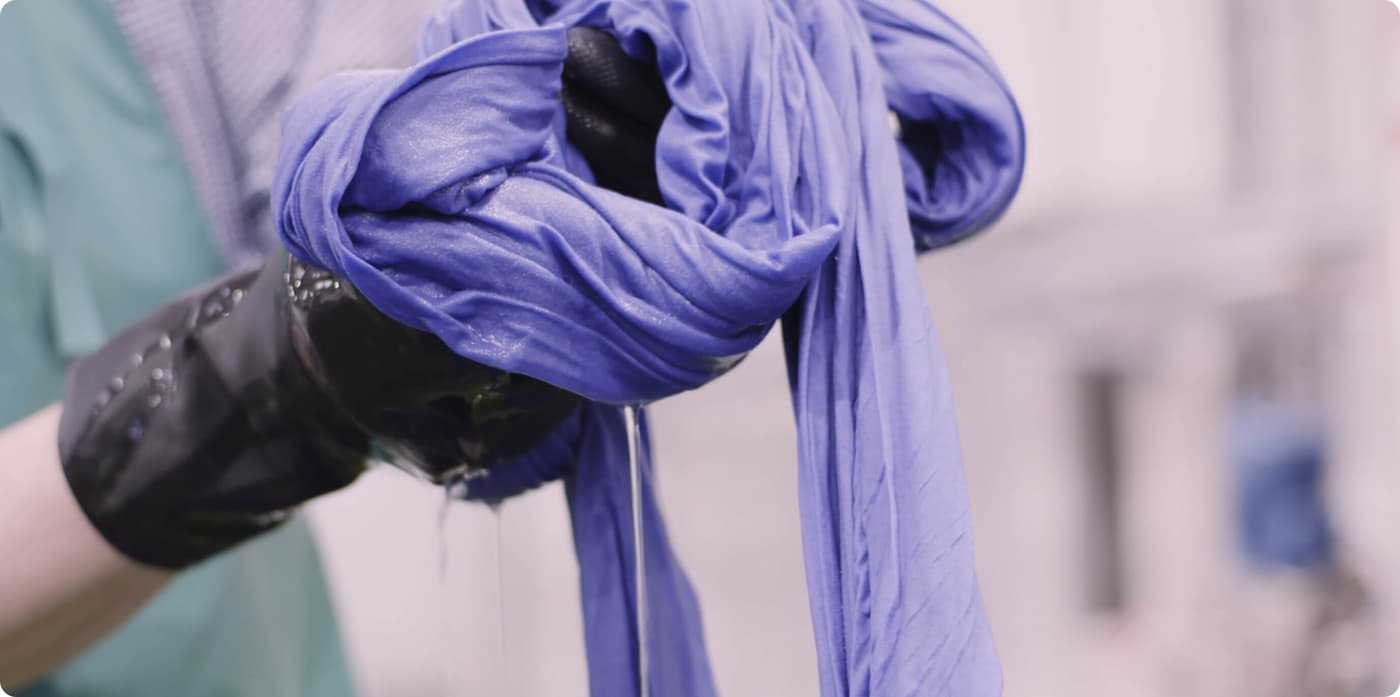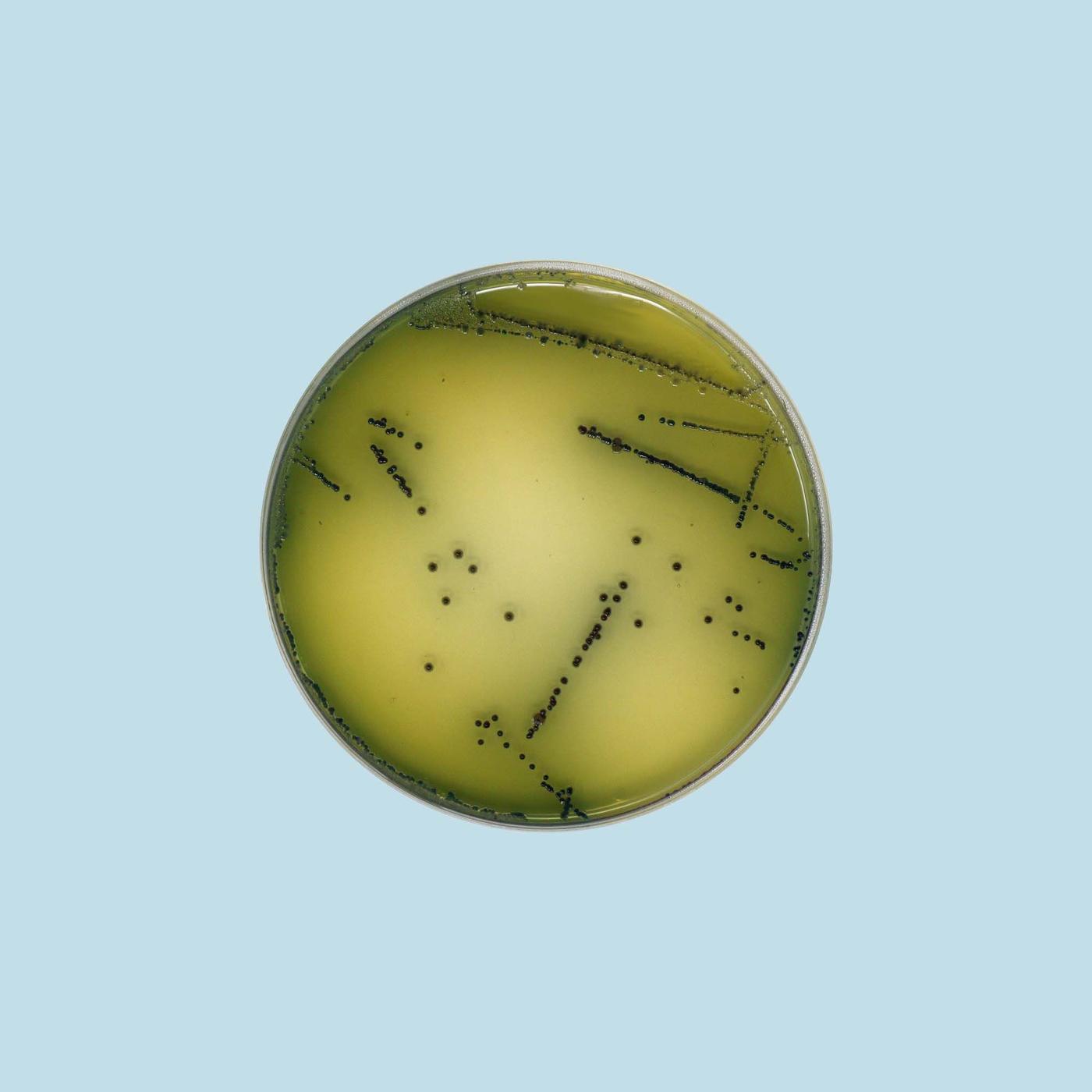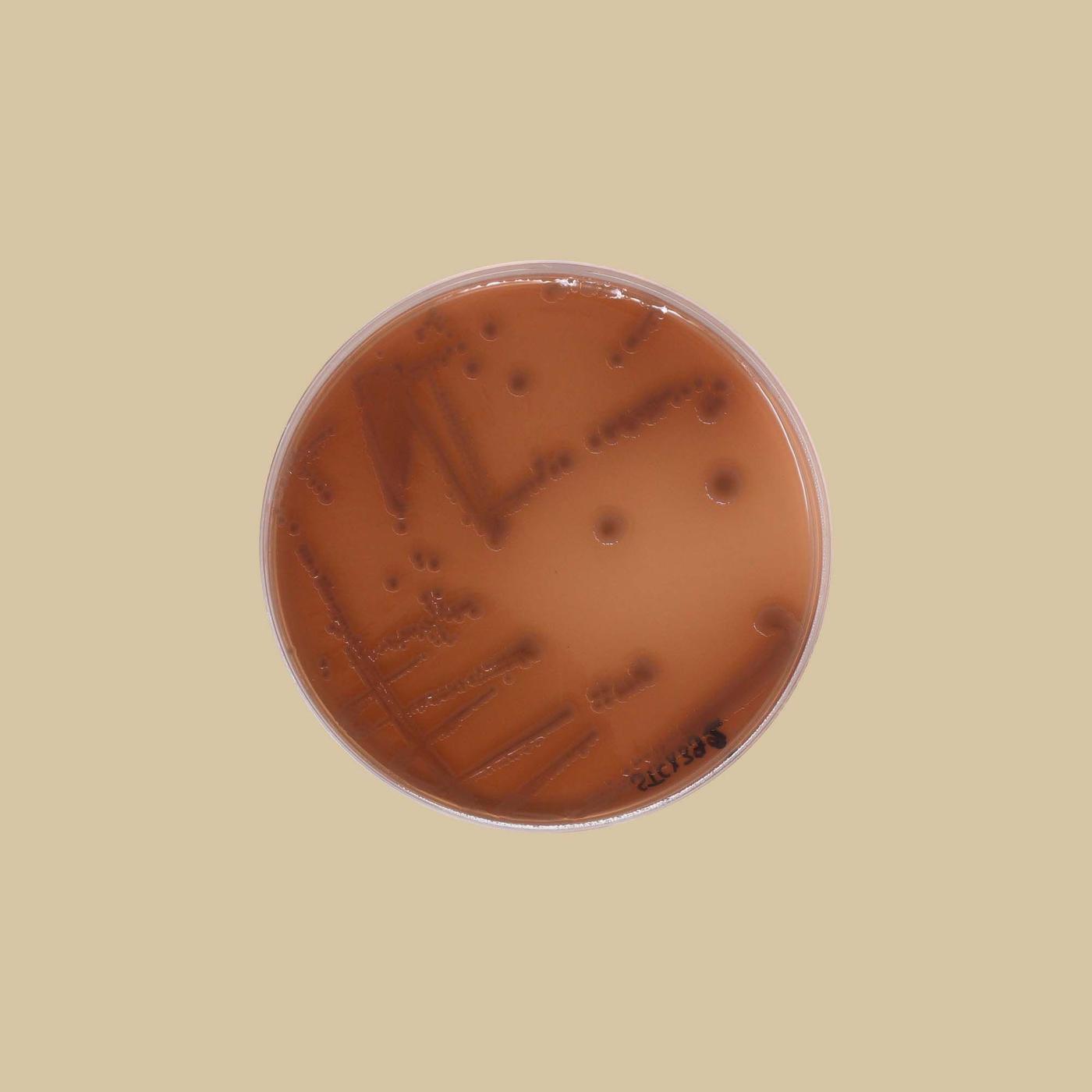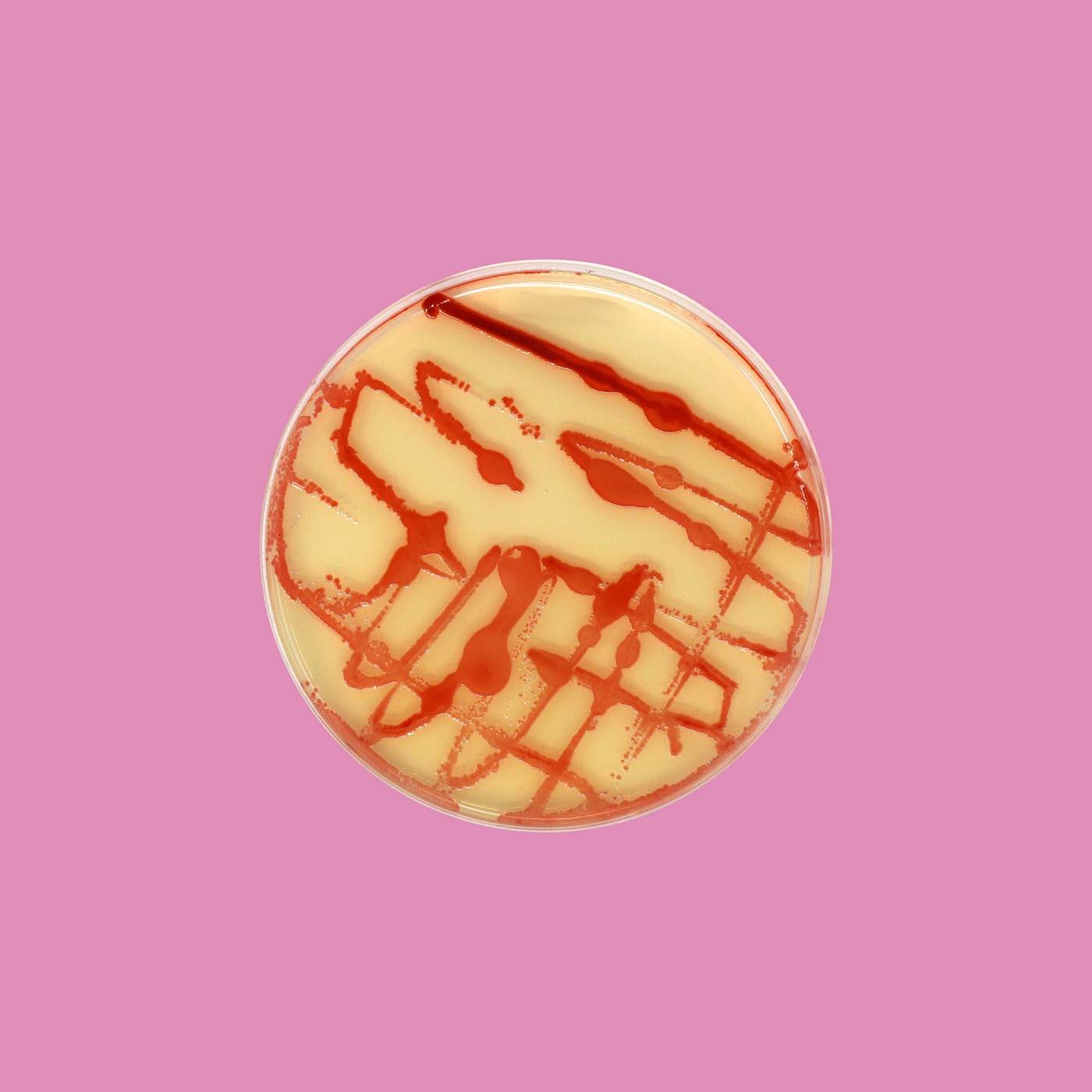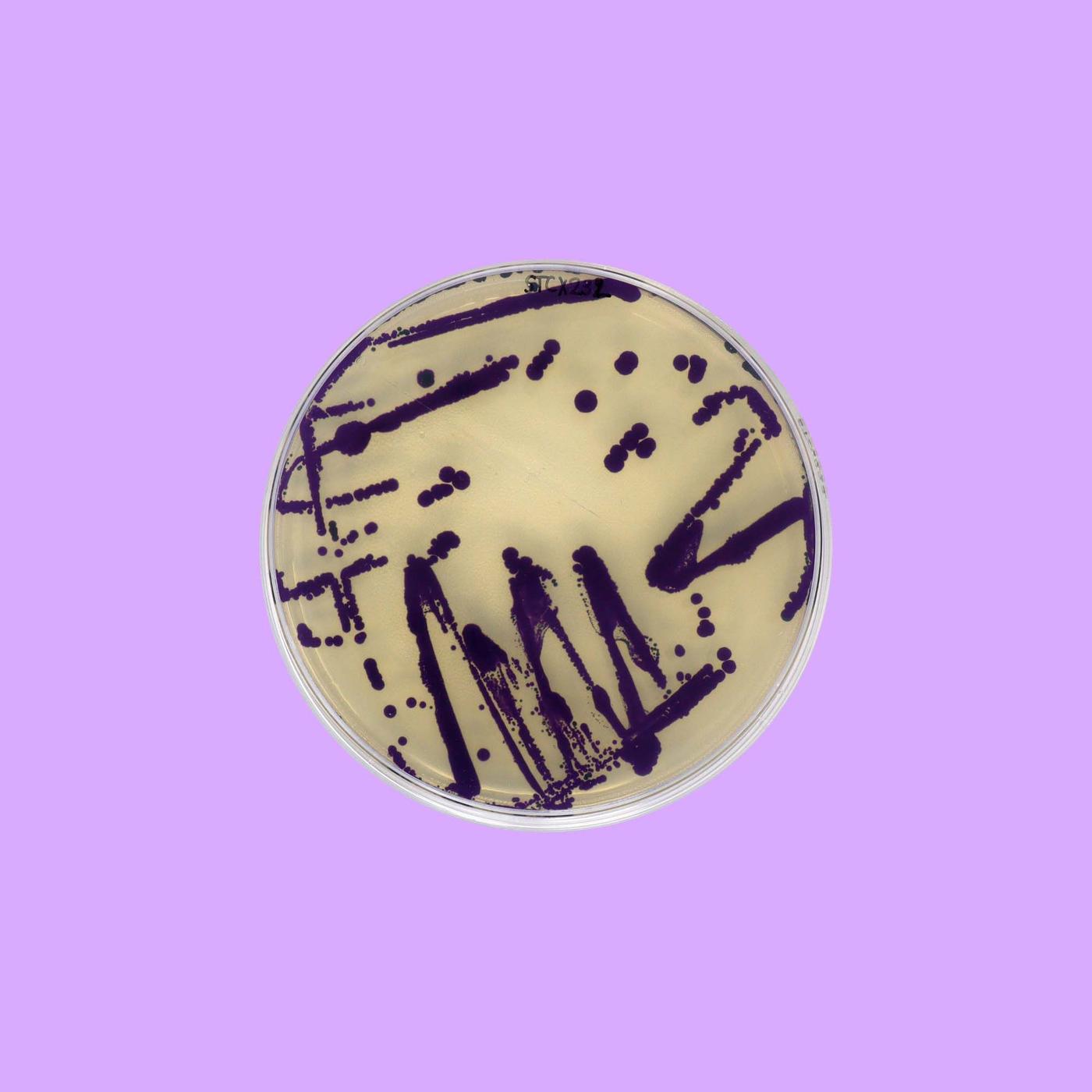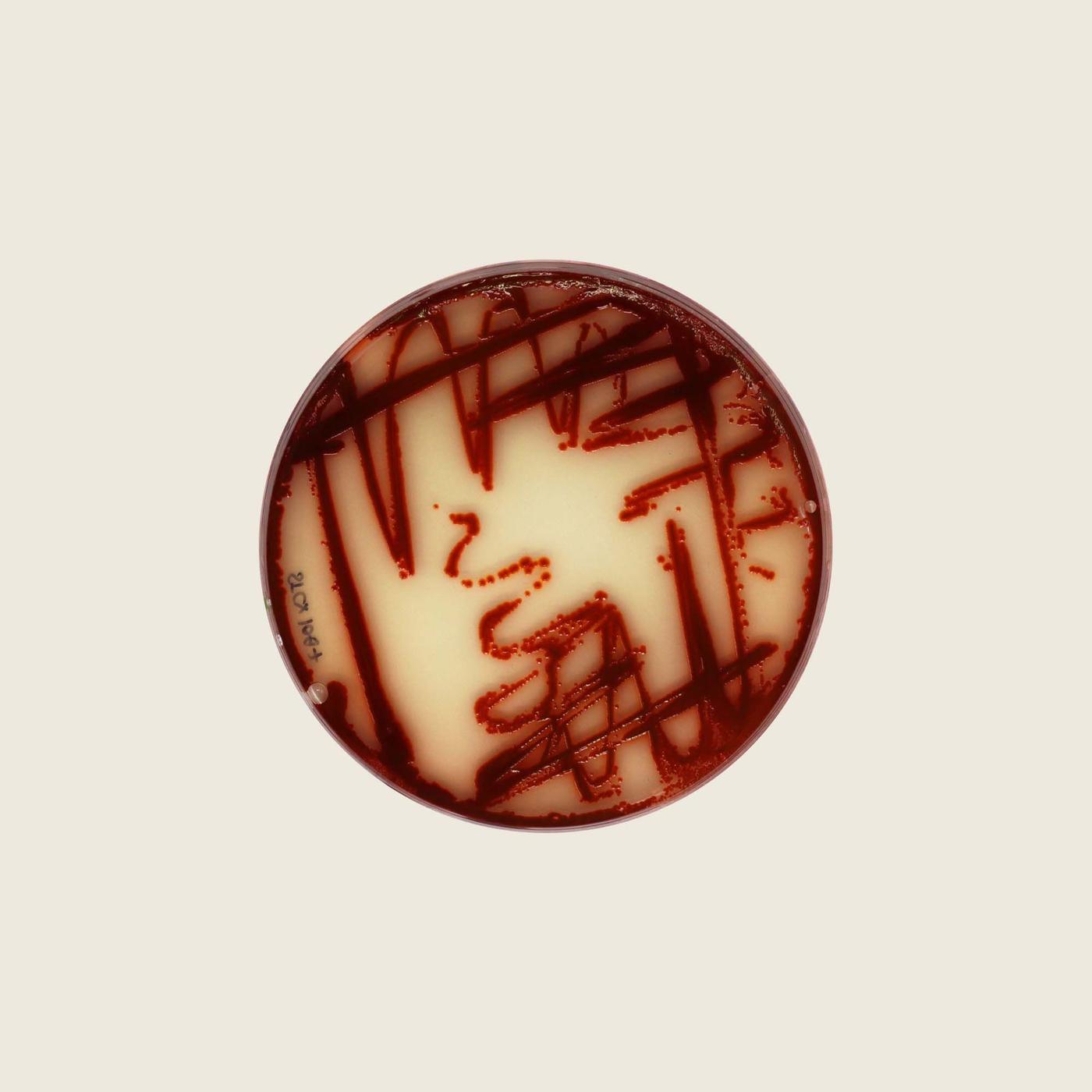Innovation Ventures
A new way to see colour
At IKEA, we’re always looking to the future. Part of that means investing in ground-breaking companies today that could innovate our business tomorrow – companies such as Colorifix. A finalist for Prince William’s Earthshot Prize, Colorifix is on a mission to shake up the garment industry by revolutionising fabric dye. Ready to see the world in technicolour? Then let’s go!
Every good idea begins somewhere, and for Colorifix co-founders Orr Yarkoni and Jim Ajioka, the first spark ignited while on a project investigating water quality in Asia. “We were going to Nepal and Bangladesh and asking people what bothers them about their water,” says Orr. “One thing that came up again and again was the textile industry and the enormous number of chemicals going into the water from there.”
It was this insight that inspired Orr and Jim to search for a better solution – one closer to nature. Using their synthetic biology, they engineered a completely new way of dyeing, using biologically driven processes, guided by nature. And the driver? Bacteria.
A colourful problem to solve
So, Jim and Orr had a great idea. But how to realise it? The first step was finding the best way to get bacteria to produce, deposit and fix pigment efficiently and evenly onto fabric. The next step was making sure their product could match their petrochemical competitors already established in the market – in both quality and price.
Pigment 01
This pigment was originally made by ancient bacteria in extreme environments, but nature now produces it in many places. For the Colorifix process, scientists identified a deep-sea bacterium that makes the pigment efficiently under normal conditions. Using its DNA to engineer microbes and adjusting fermentation pH, they’ve created four distinct colours from a single pigment.
Pigment 02
This pigment has a bacterial origin and it is commonly found in soil or deep-sea sediments, often in remote and undisturbed environments. It is also known to be lightfast, meaning its colour does not fade in sunlight. This is a critical performance measure for natural dyes to be able to compete with conventional synthetic dyes.
Pigment 03
This pigment has a fascinating history! Red bacteria that grow on bread were, in medieval times, associated with Catholic miracles and seen as representing the blood of Christ. While it isn’t used in mainstream textile dyeing due to poor lightfastness, it shows antiviral and antimicrobial properties and is being developed by Colorifix for healthcare and PPE applications.
Pigment 04
This pigment was first discovered as a contaminant in the silk production process. Workers noticed that some cocoons had dark spots on them that could not be washed or boiled clean and would have to be thrown away. This pigment was the first colour that Colorifix ever dyed with, so it has a special place in their hearts and history.
Pigment 05
This pigment is one of the oldest on the planet. Every living organism under the sun – from the tiniest insect to gorillas – makes this pigment for protection from UV rays. The pigment is also coded for by a single gene, which simplifies the process of bioengineering the colour. Because of its omnipresence, Colorifix tested many genetic sources of this pigment and narrowed down their source based on best growth and performance.
Pigment 06
Derived from fermented plant leaves, this pigment has long been used in Asia for dyeing textiles and in ancient Mayan pottery and frescoes. A synthetic version, developed in 1897, is still widely used, especially in denim. Though known for its blue hue, the plant also yields a pink pigment, allowing a range of shades through dyeing experiments.
Investing in the future
Innovation Ventures is the corporate venture capital arm of Inter IKEA Group. The team is driven by the IKEA vision and values: to act on challenges, explore opportunities and to create a home furnishing business that is better for both the planet and the many people. Partnering with Colorifix has been a natural fit.
“We were drawn to invest in Colorifix due to its groundbreaking approach to sustainability,” says Innovation Ventures Leader Linn Clabburn. “Colorifix's technology dramatically reduces resource usage and chemical emissions through its innovative dyeing process, significantly cutting water, energy, and chemical inputs compared to conventional methods. This promises a substantial positive impact on local communities and global operations, benefiting IKEA and beyond.”
*Figures come from a third-party LCA that includes the dyeing and final washing steps on a blend of 52% recycled cotton and 48% recycled polyester.
“We hope to put colour into everything. Colour doesn't have to cost the environment as much as it currently does, and that's what we're here for.”
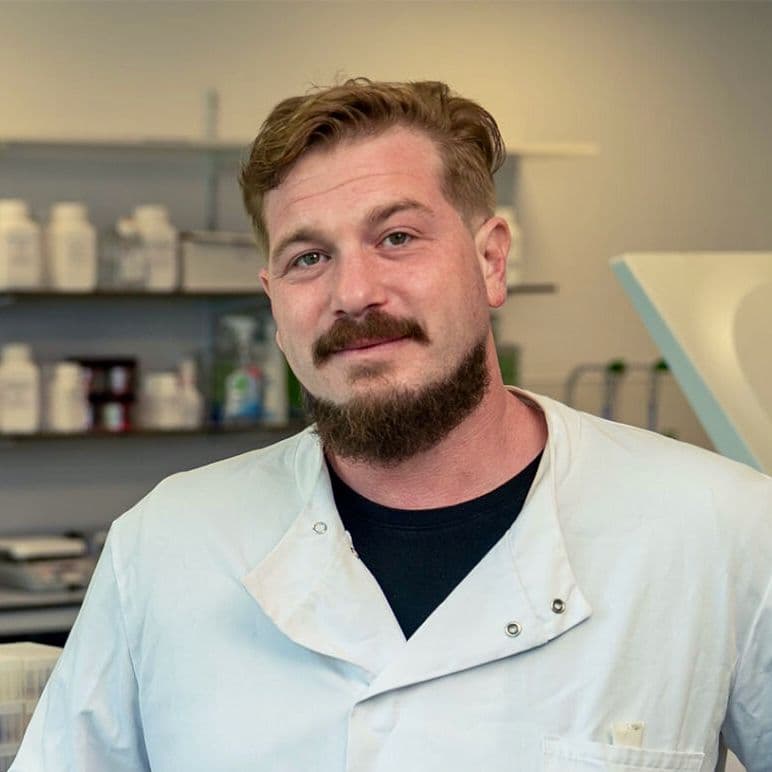
So, what's the next world-changing idea?
Ready to learn more about how Innovation Ventures' investments and partnerships aim to address key challenges and opportunities across our value chain? Then click on the link below!

